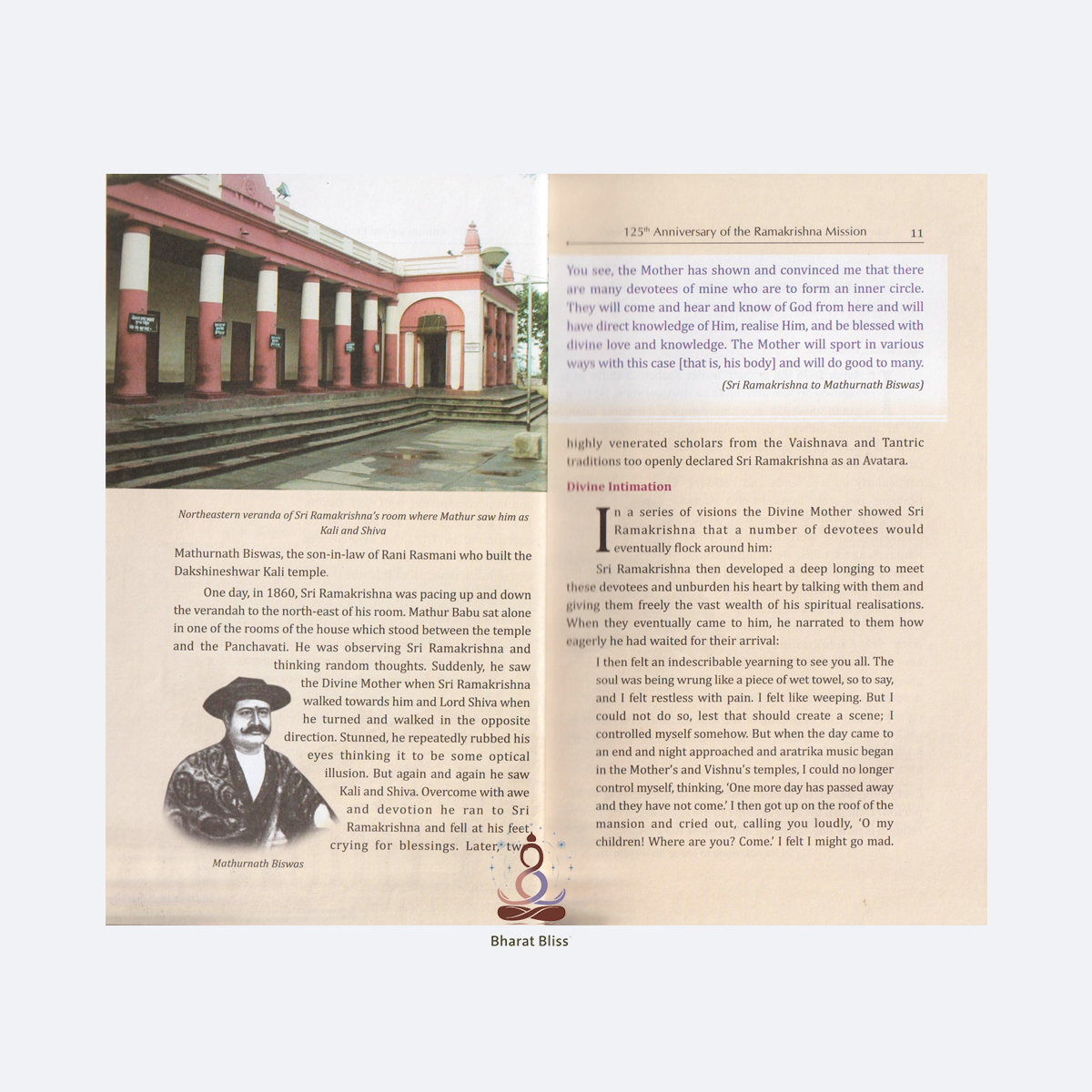Description
“Ramakrishna Mission: The Genesis of an Ascetic Order” explores the origins, development, and significance of the Ramakrishna Mission, one of the most influential religious and social organizations in modern India. Founded in 1897 by Swami Vivekananda, a chief disciple of Sri Ramakrishna Paramahamsa, the Mission was established to serve both spiritual and humanitarian goals. It emphasizes the ideal of “Atmano Mokshartham Jagat Hitaya Cha” — For one’s own liberation and for the welfare of the world.
The book details how the Mission arose from the small group of young monks who were inspired by the teachings and life of Sri Ramakrishna, who embodied the harmony of religions, selfless love, and intense spiritual realization. After Ramakrishna’s death in 1886, his disciples — led by Vivekananda — formed a monastic brotherhood, laying the foundation of what would become the Ramakrishna Order.
The text discusses:
-
The early struggles faced by the group in setting up a monastery.
-
Swami Vivekananda’s role in shaping the Order with a modern, service-oriented outlook, linking ancient spiritual ideals with active social service.
-
The Mission’s activities, which include education, healthcare, disaster relief, rural upliftment, and interfaith dialogue.
-
The philosophical underpinnings, largely based on Vedanta, with a unique emphasis on practical spirituality.
The book also examines the organizational structure of the Mission, its spread across India and abroad, and its contributions to the Indian Renaissance and national awakening.
Overall, it paints a picture of how an intimate spiritual movement blossomed into a global force dedicated to spiritual awakening and humanitarian service.













Reviews
There are no reviews yet.